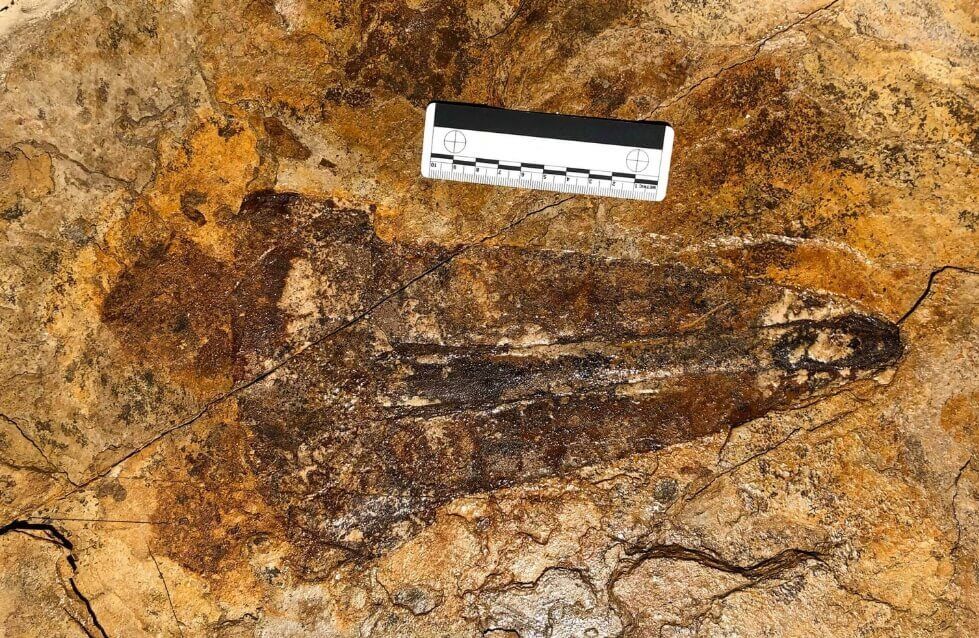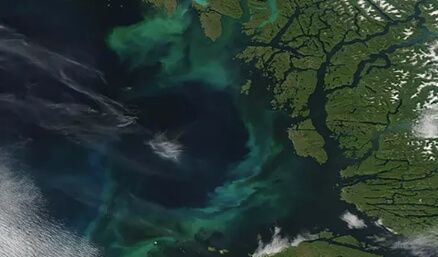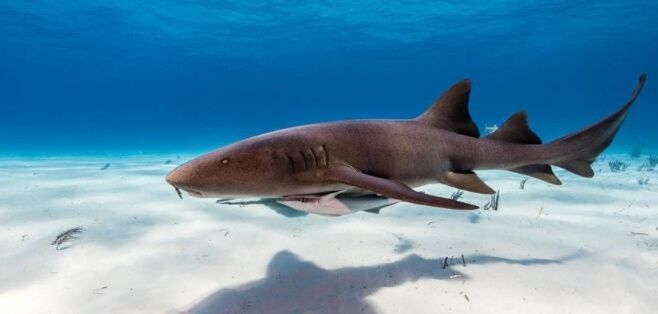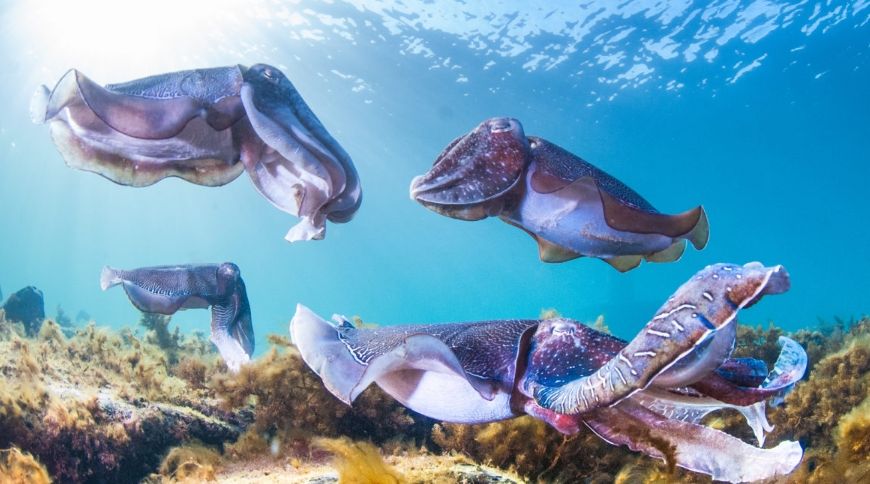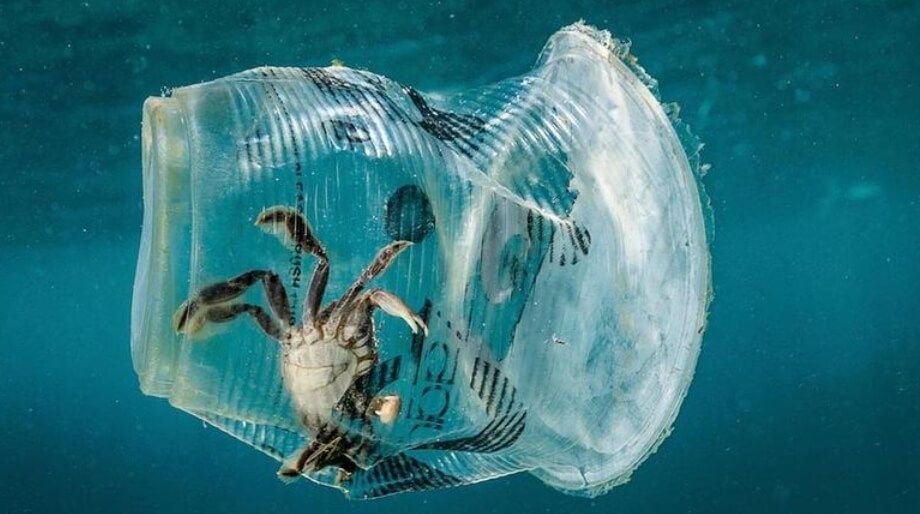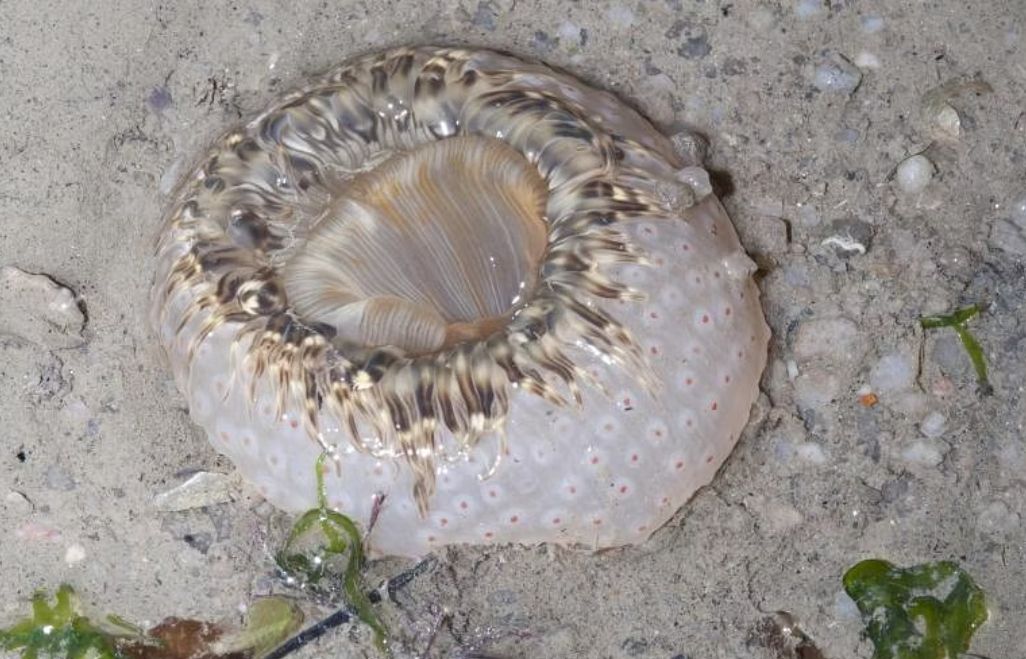Paleontologists from Britain and the United States have made a significant breakthrough with the discovery of a fossilized remains of a giant sea scorpion. The remarkable find has shed light on the appearance of this ancient marine arthropod, primarily from its well-preserved tail and tail spike, known as a telson. The findings have been detailed in the esteemed journal Historical Biology.
This newly identified species of marine scorpion has been officially named Hibbertopterus lamsdelli, in honor of the renowned fossil sea scorpion expert, American paleontologist James Lamsdell from West Virginia University. Belonging to the eurypterids group, these bizarre extinct aquatic arthropods, often referred to as crustaceans, could grow up to an astonishing two meters in height. The fossil, discovered in New Mexico within rocks dating back 305 million years, was found in the Manzano Mountains near Albuquerque. Estimated to be approximately 1.2 meters long, this sea scorpion fossil is now housed at the New Mexico Museum of Natural History and Science.
Commenting on the implications of this discovery, paleontologist Spencer Lucas, the curator of the New Mexico Museum of Natural History and Science, humorously stated, “If you were swimming in the water 300 million years ago and encountered an animal like this, it probably wouldn’t pose a threat to you, but personally, if I encountered a four-foot scorpion swimming with me in the water, I would prefer to get ashore,” as reported by the Albuquerque Journal.
The Hibbertopterids, characterized as armored “sweepers,” employed specialized spikes on their feet to stir up muddy sediments while foraging for food, which primarily consisted of small invertebrates. Fossils of other hibbertopterids have been discovered in Europe and South Africa, providing further insight into the diversity and distribution of these intriguing sea scorpions. It is notable that sea scorpions eventually became extinct around 252 million years ago, marking the end of the Permian period. However, before their extinction, many of these formidable creatures had adapted to life in freshwater environments.
The discovery of Hibbertopterus lamsdelli adds valuable knowledge to the understanding of prehistoric marine life and the ecological dynamics that shaped the ancient oceans. Paleontologists and scientists worldwide continue to unravel the mysteries of the distant past, piecing together the fascinating puzzle of Earth’s history.
Such extraordinary findings not only captivate the scientific community but also ignite curiosity and wonder in people of all ages. The remnants of these majestic sea scorpions serve as a tangible link to an ancient world, inspiring awe and respect for the wonders of evolution and the intricate ecosystems that once flourished beneath the ocean’s depths.
As researchers continue their diligent work, the story of Hibbertopterus lamsdelli will undoubtedly become a compelling chapter in the ever-evolving narrative of our planet’s rich geological history. Each fossil discovery, like a piece of a jigsaw puzzle, contributes to the broader picture of life’s journey on Earth, offering glimpses of an era long gone but never forgotten.


